Some plants successfully hide until the time is right for them to attract pollinators. One of the best local peek-a-boos is Horsemint, Monarda punctata. It is just staring its prime blooming season. While you can find it booming other times of the year now and September is its prime time. Horsemint likes sandy soil that dries out well. It’s easy to spot from the road. Any time you have high sandy banks on either side of the road that’s a prime location for Horsemint. Look for the showy pink bracts. And while it’s not a requirement I usually find Horsemint in a transition zone, usually between low grass and shrubs or trees. Besides having a very attractive aroma it also makes a relaxing tea. If you want to read about Horsemint you can go here.
Two weeks ago while scouting the location for a new class I found five Pindo Palms fruiting. Famous for jelly and wine I carried about seven pounds home. I would have scrumped more but ran out of things to carry the fruit in. Like lacto-fermenting wine making follows a basic recipe with minor variations. The challenge is not to produce a drinkable wine but a consistent product time after time. Since this batch of Pindo wine is a one-shot deal I didn’t make it fancy. As the fruit is sweet I added only about five pounds of sugar. To make the alcohol I picked champagne yeast, fast working throws a sweet flavor. Because the fruit is so sugary a little acid was added, not unusual. The major difference is I also added some pectin enzyme to reduce the fruit’s naturally high pectin content (which is why it is called the Jelly Palm.) Pectin can make the finished wine cloudy but does not affect the flavor. The enzyme should help it clear. After 10 days in a primary fermenter with the pulp and seeds the juice was strained and put in a secondary fermenter. Now it will be allowed to work and settle and be racked every few months. Since it is not a grape wine it might be drinkable by next Pindo Palm season.
This might be a good time to mention that Begonias are edible. We saw some this weekend at my foraging class in Gainesville. Unfortunately a rather popular book some 20 years ago said they are not edible. I actually spoke with the author once and she told me in subsequent editions that mistake would be changed but the book never went into reprints. Thus the mistake can be found on the internet. Begonias are not only the favorite of growers (and cemetery pots) they are naturalized locally. I see them often in damp spots such as stream banks or drainage ditches. The leaves are edible as well as the blossoms. They can be prepared in a variety of ways and the juice is also a vegetarian rennet. My favorite are wax begonias (and the flavor can vary with their color.) You can read about them here.
Also seen on bike trails and blooming now is Goldenrod. It’s a bit of a treasure hunt and disappointment. The treasure hunt is that one species is better than all the rest for tea, Solidago odora. It does grow here, has an anise flavor, but is hard to find. It is reported in most counties but is not common. Goldenrod grows in about half of the United States, southwest to northeast. Other Goldenrod species can also be made into tea, perhaps all of them particularly for herbal applications, but they don’t taste anywhere near as good as the anise one. In fact, after the “Boston Tea Party” of 1773 halted tea imports colonialists drank Goldenrod tea and even exported some to China. It did not catch on. However, every time I see a Goldenrod I pull off a leaf and crush it hoping to detect the tell-tale anise smell. It’s a golden treasure hunt.
Upcoming Foraging Classes:
Saturday, Aug 20th, Spruce Creek Park, 6250 Ridgewood Ave. Port Orange, FL 32127. 9 a.m.
Saturday, Aug 27th, George LeStrange Preserve, 4911 Ralls Road, Fort Pierce, FL, 34981. 9 a.m.
Sunday, Aug. 28th, Dreher Park, 1200 Southern Blvd., West Palm Beach, FL, 33405. 9 a.m.
Saturday, Sept. 3rd., Blanchard Park, 10501 Jay Blanchard Trail, Orlando, FL 32817. 9 a.m.
Saturday, Sept 10th, Red Bug Slough Preserve, 5200 Beneva Road, Sarasota, FL, 34233. 9 a.m.
Sunday, Sept. 11th, Bayshore Live Oak Park, 2200 East Lake Road, Port Charlotte, FL. 9 a.m.
For more information about the foraging classes go here.
Want to identify a plant? Perhaps you’re looking for a foraging reference? You might have a UFO, an Unidentified Flowering Object you want identified. On the Green Deane Forum we — including Green Deane and some 9,000 others from around the world — chat about foraging all year. And it’s not just about warm-weather plants or just North American flora. Many nations share common weeds so there’s a lot to talk about, such as the one to the left. There’s also more than weeds. The reference section has information for foraging around the world. There are also articles on food preservation, and forgotten skills from making bows to fermenting food. Recent topics include: Melicoccus bijugatus, Tree with golf ball size fruit. Beacon Hill Food Forest. Roadside Plant. Blolly or some kind of ficus? Pawpaw time in central Alabama. What is it? Edible Leguminous Tree. Subtropical Looks Like Winged Bean. Smilax? Roadside Plant. Weed In Garden. Those Special Places. Yellow Fruit Found Along River. Bee Humor. Pretty Purple Plant. Cultivated Apios Americana, and Mushroom Identification Tips. You can join the forum by clicking on the button on the upper right hand side of this page.
All of Green Deane’s videos are available for free on You Tube. They do have ads on them so every time you watch a Green Deane video I get a quarter of one cent. Four views, one cent. Not exactly a large money-maker but it helps pays for the newsletter. If you want to see the videos without ads and some in lightly better quality you can order the DVD set. It is nine DVDs with 15 videos on each. Many people want their own copy of the videos or they have a slow service and its easier to order then to watch them on-line. They make a good gift for that forager you know. Individual videos can also be ordered. You can order them by clicking on the button on the top right of this page or you can go here.
Nearly every mother tells her children Beautyberries are toxic. Now some websites are saying so. They are not toxic. Insipid might be accurate to some palettes but not toxic. More so they make a beautiful jelly and I have an unopened bottle of Beautyberry wine that I am saving for a special occasion. Beautyberries actually fruit twice here in Florida, once a season in northern areas such as New Jersey. Locally they are heavy in their first season. If you’ve wanted to look for them now is the time. Nearly any woodland area has them in a transition zone (usually, grass to woods.) Look for bright magenta berries clustered around stems (surrounded by smelly leaves.) You can read more about the Beautyberry here.
This is Newsletter 221.
If you would like to donate to Eat The Weeds please click here.

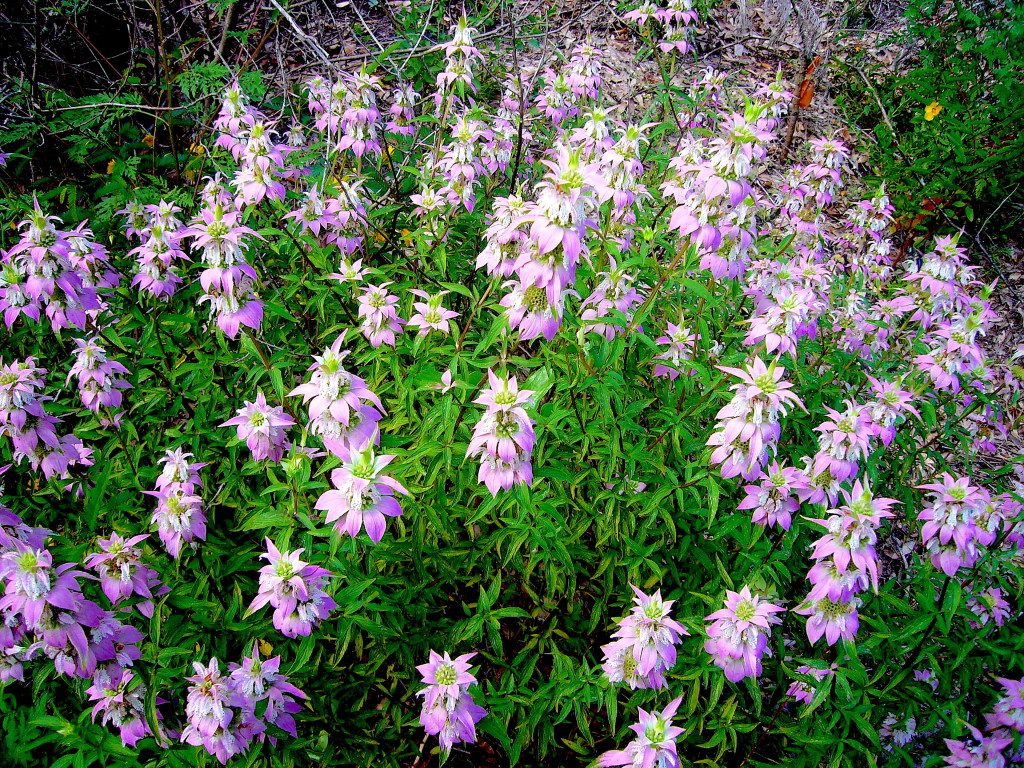
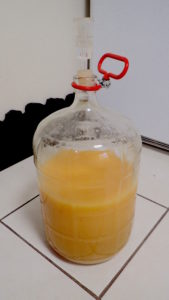
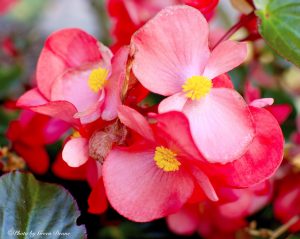
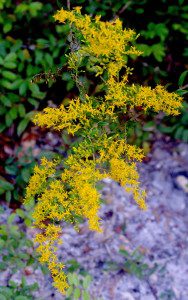
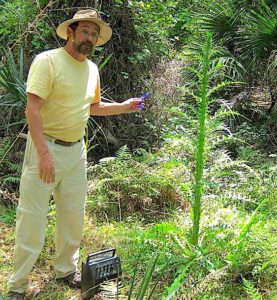
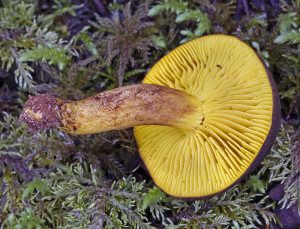

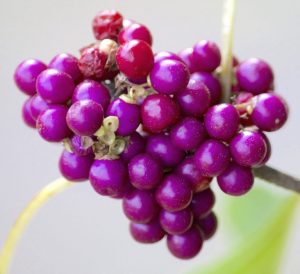

I’d love to know how that pindo wine turns out. Really an overlooked tree!
I love pindo fruit. Growing up, my grandparents had a pindo palm that produced MUCH fruit. All of us kids really enjoyed eating it right off the tree. Hoping to have one or two of our own one day!
I have a field of golden rod, 3 kind. I love it but takes over if you let it. Just had to mow down a big patch where it took over the other tall herbs.
I like to make Beautyberry mead (combine with lime and honey, then ferment). Also I like to combine beautyberry and lime with regular old tea – it’s delicious!
PS I’m going to have to try that pindo palm sine this year.
At the beginning I hope I’m not away from” Horse mint” when dealing with Mentha longifolia. Let me add, If not for Eattheweeds, I won’t have had this opportunity of learning from you as well as from one of my best students whom I had taught at an early stage of my teaching career. Interestingly, the link is Mentha longifolia. Professor Younis,Y.M.H. (with Beshir,S.M.) found that distilling the aerial parts of Metha longifolia (L) Huds. ssp. Schimperi Briq. and Metha longifolia spicata, both grown in Sudan, to give 1.8% and 0.9% respectively of essential oils rich in carvone. You may refer to this and other useful details in: Younis,Y.M.H. & Beshir,S.M. [2004] Carvone – rich Essential Oils from Mentha Longifolia (L.) Huds. ssp. Shimperi Briq. & Mentha spicata (L.) Grown in Sudan, Journal Essential Oils Research. 16: 539 – 554. Thank you Green.